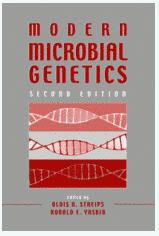Microbiology
PreTest® Self-Assessment and Review
Tenth Edition
Richard C.Tilton, Ph.D., Christopher T. Lang , Dorothy J. Marquez

[Edited on 6-5-2005 by solo]



| Quote: |
| Quote: |
| Quote: |
| Quote: |
 Immunobiology 5th ed.
Immunobiology 5th ed. Medical Microbiology 4th ed.
Medical Microbiology 4th ed.| Quote: |
 anyone has it?
anyone has it?| Quote: |
| Quote: |
| Quote: |
| Quote: |

| Quote: |